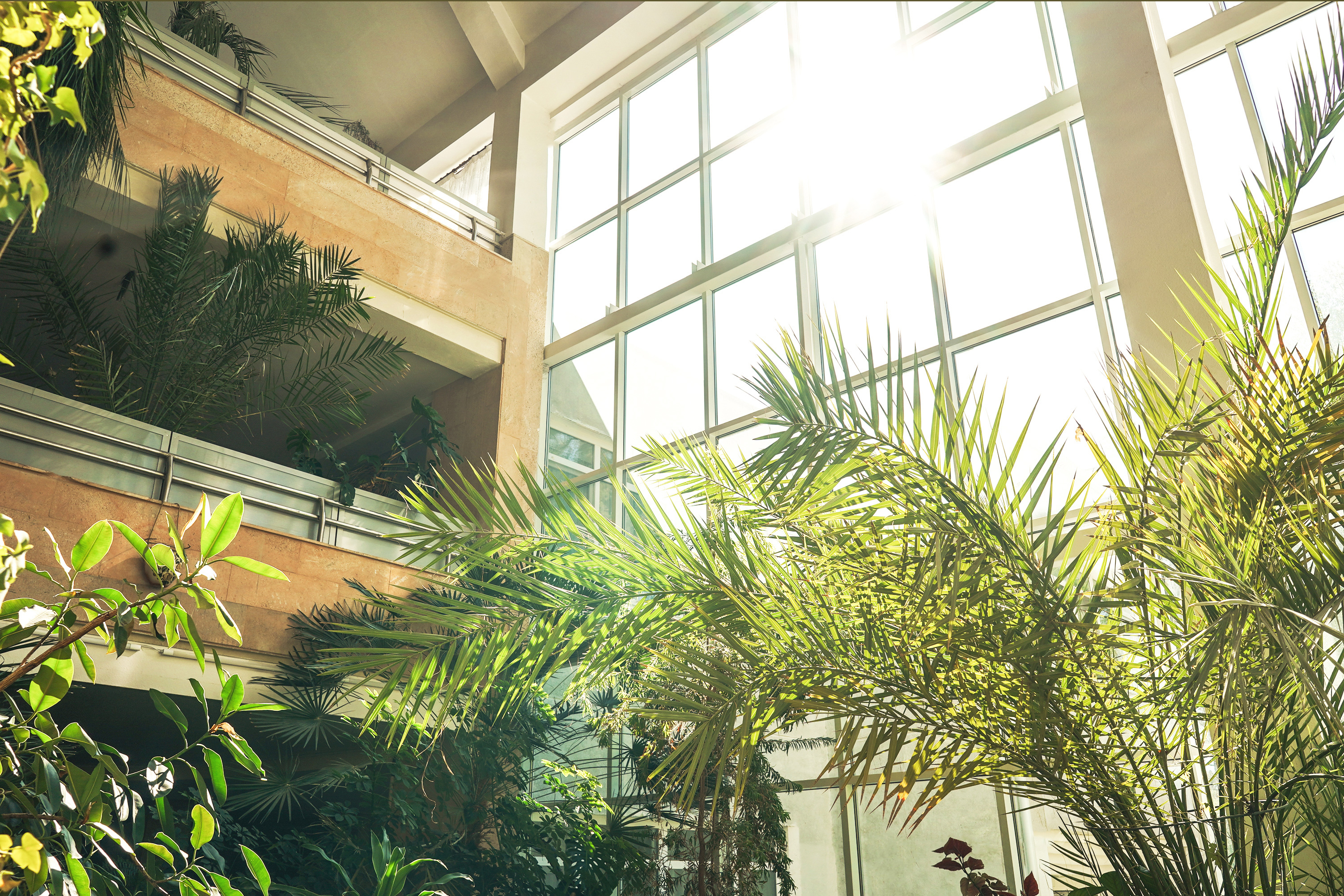Green Walls vs Timber Cladding: Which is Better for Commercial Buildings?
Have you ever walked past a commercial building and liked what you saw? You might not always think about what materials its builders used. Lately, walls with plants on them, called green walls, have become a popular choice instead of usual coverings. With that, walls covered with wood, known as timber cladding, are also still well-known for their good looks and usefulness. In this guide, we’ll compare these two styles, and show why wood cladding is often the best choice for commercial buildings. Also, we’ll explain how these two styles can work well together, inspired by the beautiful design of the Barley Mow Centre.
NORclad in Bristol, UK, is a top supplier of quality timber cladding. We offer various kinds of wood, like Siberian Larch and European Redwood. We serve many different customers, from architects to home builders. NORclad ensures wood comes from responsible sources with special certifications. We work on many projects, big and small, in offices, schools, and homes. You can also use our unique services, like outdoor decking. Reach out to NORclad today for quality, eco-friendly cladding options.
Green Wall Cladding vs Timber Cladding
- Looks and Style: Green walls are visually striking, giving a lively and unique appearance. They made of different plants and greenery, set up uniquely to grow. These walls add a touch of nature to city areas, making building sides alive and green. On the other hand, timber cladding has a classic beauty that fits well with different building designs. Timber is popular for long term use as it’s sturdy yet looks better as it ages.
- Eco-Friendly Choices: Green walls bring more plants to cities, which cools down hot areas and cleans the air. They are also good for nature, providing homes for many insects and birds. Timber cladding is also eco-friendly. For example, the timber used in NORclad products is renewable, sustainable, and less harmful to the environment over time.
- Upkeep and Lasting Quality: Taking care of green walls is essential. They need frequent watering, trimming, and health checks. Timber cladding, however, requires little upkeep and lasts a long time due to its natural durability and resistance to the elements, often enhanced by protective finishes. This makes timber a more practical option for business buildings.
- Saving Money: When considering the initial and long-term costs, timber cladding usually saves more money. Setting up and maintaining green walls can be more expensive, which is a vital factor for business projects.
- Design Versatility: Timber can be shaped, cut, and finished in numerous ways, allowing for unique building looks, from old styles to new ones. Green walls look nice but don’t change styles as much as timber.
- Insulation: Timber keeps the inside of buildings warm in winter and cool in summer. This can save money and power on heating and cooling. Green walls can also help with temperature, but timber works better for this.
Barley Mow: Combining Greenery, Timber and Old Styles
The Barley Mow Centre is in Chiswick, West London. It was a wallpaper factory in the late 1800s, started by Arthur Sanderson & Sons. It evolved over time, maintaining its historic charm. It was one of the first buildings in the UK to have segmented workspaces. This idea means small businesses share spaces and work flexibly even today.
Later, a company named Bluebottle redesigned the Centre. They kept its old style and added new features. They revealed the original brick and steel structures, adding Victorian touches. They also used modern techniques like wood cladding and crittal-style windows for a sophisticated look. Inside, the design mixes old (1930s and 40s) and artsy details.
Now, the Barley Mow Centre is a busy place with many businesses. It has offices, studios, a café, showers, and meeting rooms. It’s an excellent place for businesses to grow in an inspiring setting. The Centre mixes the ages, showing how old buildings can be renewed with a modern twist.
You can take some ideas from the Barley Mow Centre for mixing green wall and timber cladding:
- Things to Think About in Design:When using plants and wood, consider where the building is, the weather, and the building’s design. Wood panels are an excellent primary choice because they last long and are easy to look after. Green walls can make it even more eco-friendly and attractive when blended with cladding.
- Mixing Usefulness and Beauty:The goal is to balance these materials. Wood gives strength and lasts long, while plant walls bring a lively, changing look. Architects and designers should ensure the two materials work well together and serve the building’s structure
When considering green walls and timber cladding for commercial buildings, timber cladding stands out as the more practical and versatile choice. It is classic looking, good for the environment, easy to care for, and inexpensive, making it great for business use. Still, adding green walls can make a building eco-friendlier and look nicer. For example, consider the Barley Mow Centre. You should think about what your project needs to make the final choice between using green wall and timber cladding. But using both materials can make a building look great and be good for the environment.
NORclad is a leader in quality timber cladding, focussing on eco-friendly options for a range of building projects. NORclad offers a wide range of services and uses responsibly sourced materials to make your buildings attractive and eco-friendly. Contact us today to find the best cladding for your project.


















